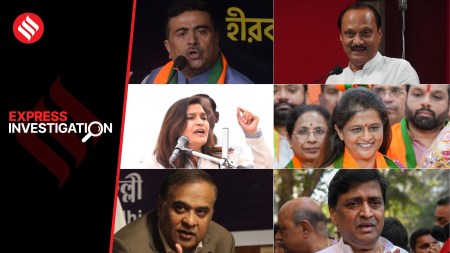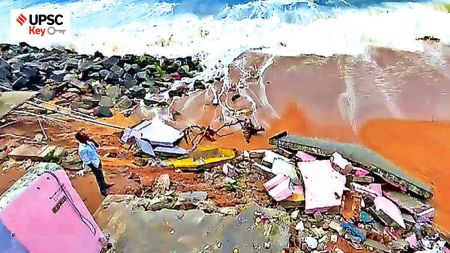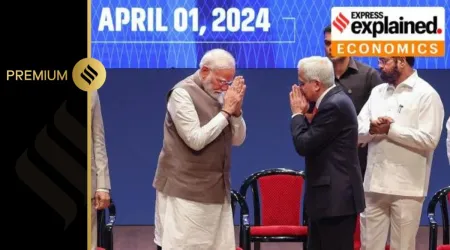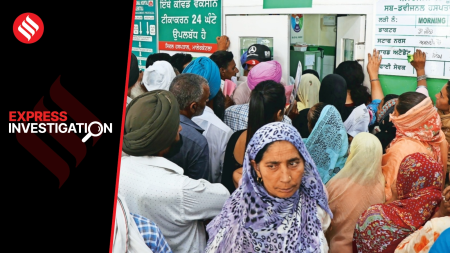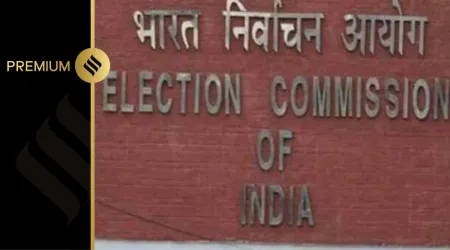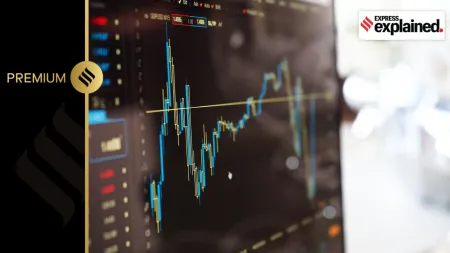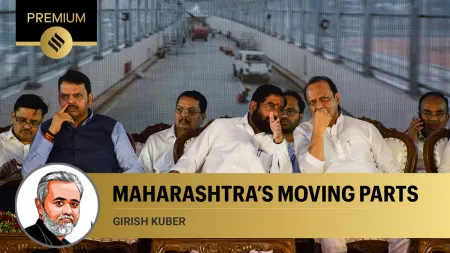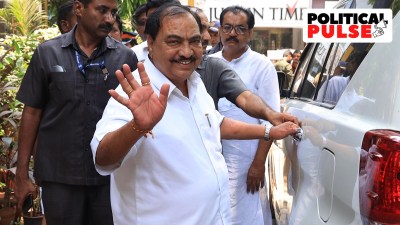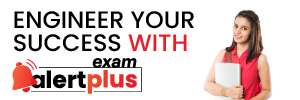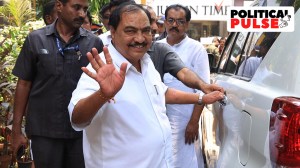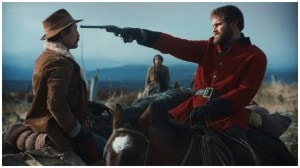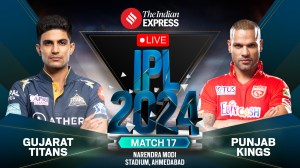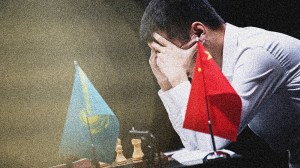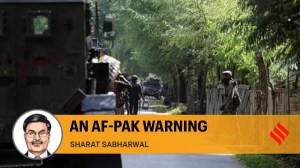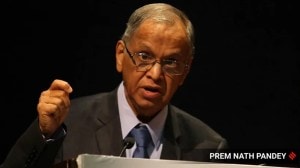- India
- International
Katchatheevu and Wadge Bank: The story of two India-Sri Lanka agreements from a half century ago
The BJP has reignited the Katchatheevu debate by accusing the Congress and DMK of betraying the country. Under what circumstances did India give up its claim to the island? What did it gain in return?
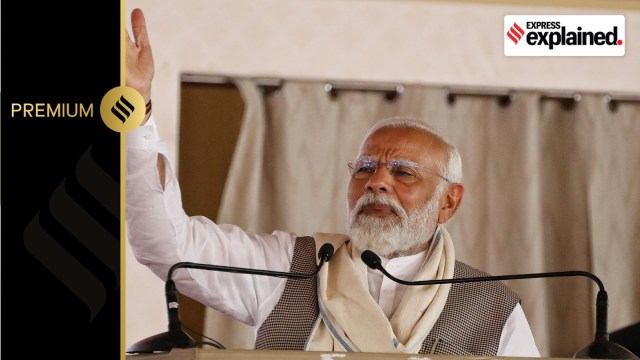 PM Narendra Modi recently claimed that Congress "callously gave away" Kathchatheevu. (Express photo by Nirmal Harindran)
PM Narendra Modi recently claimed that Congress "callously gave away" Kathchatheevu. (Express photo by Nirmal Harindran)Weeks before voting for the Lok Sabha election in Tamil Nadu, the BJP has reignited the decades-old Katchatheevu issue, accusing the Indira Gandhi government of “callously giving away”, as the Prime Minister said in a post on social media, the island to Sri Lanka.
Did India indeed “cede” Katchatheevu island to Sri Lanka in 1974? What happened two years later, in 1976, when India signed a second agreement with Sri Lanka? These questions ponder the import of decisions taken a half century ago, weighing the trading of territorial claims for maritime advantages and broad strategic interests off the coast of Kanyakumari.
But first, what is Katchatheevu island?
Katchatheevu is a 285-acre patch in the sea within the maritime boundary line of Sri Lanka, located 33 km off the Indian coast to the northeast of Rameswaram in Tamil Nadu, and southwest of Sri Lanka’s Delft Island. The tiny, barren island which, according to some official reports, was created following a 14th-century volcanic eruption, is 1.6 km in length and just 300 metres wide at its widest point.
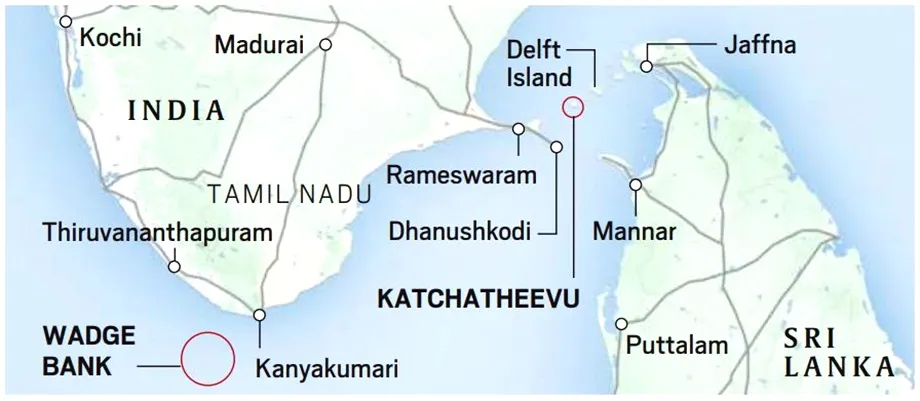 Katchatheevu map.
Katchatheevu map.
The island was under the control of the kingdom of the Ramanad Raja, a zamindari from 1795 to 1803 in Ramanathapuram in the Madras Presidency during British rule. The 120-year-old St Anthony’s Church on the island attracts devotees from India and Sri Lanka for an annual festival.
What happened to the Island in 1974?
India and Sri Lanka had been claiming Katchatheevu since at least 1921, after a survey placed the island within Sri Lanka’s boundaries. This was contested by a British Indian delegation that cited the Ramanad kingdom’s ownership of the island. The dispute could not be settled, and continued in the years after Independence.

In 1974, when Indira was Prime Minister, the two governments signed — on June 26 in Colombo and June 28 in New Delhi — an agreement by which the island went to Sri Lanka, but Indian fishermen were given “access to Katchatheevu for rest, for drying of nets and for the annual St Anthony’s festival”.
“Indian fishermen and pilgrims will enjoy access to visit Katchatheevu as hitherto, and will not be required by Sri Lanka to obtain travel documents or visas for these purposes,” the agreement said. The agreement did not specify the fishing rights of Indian fishermen.
According to information obtained by Tamil Nadu BJP chief K Annamalai under The RTI Act, 2005, the DMK government in Tamil Nadu led by M Karunanidhi at the time silently acquiesced to the Centre’s decision to sign the agreement. The RTI reply quoted from the minutes of a meeting between then External Affairs Minister Kewal Singh and Karunanidhi at Fort St. George in Chennai a month before the transfer of the island. According to Annamalai, Karunanidhi was “party to this decision”, and had only asked if it was possible to “postpone the decision by two years”.
Tamil Nadu Assembly records, however, show that Chief Minister Karunanidhi had attempted to move a resolution in the House in 1974 against the Katchatheevu agreement, but the opposition AIADMK had refused to go along.
And what happened in 1976?
In June 1975, Indira Gandhi imposed the Emergency, and Karunanidhi’s government was dismissed in January 1976. Thereafter, several letters were exchanged between the foreign secretaries of India and Sri Lanka, and a set of executive orders were issued on the Katchatheevu issue.
The negotiations and the orders essentially settled the maritime boundary between India and Sri Lanka by giving sovereign rights over a maritime patch called ‘Wadge Bank’ near Kanyakumari to India. The Wadge Bank lies to the south of Kanyakumari, and has been identified by the Fishery Survey of India as a 4,000-sq-mile area bound by 76°.30’ E to 78°.00 E longitude and 7°.00 N to 8° 20’ N latitude. It is one of the world’s richest fishing grounds, and in a much more strategic part of the sea than the island of Katchatheevu. This area near Kanyakumari has been significant for fishermen from Tamil Nadu and Kerala for more than four decades.
An agreement reached between the two countries in March 1976 said “the Wadge Bank…lies within the exclusive economic zone of India, and India shall have sovereign rights over the area and its resources” and “the fishing vessels of Sri Lanka and persons on board these vessels shall not engage in fishing in the Wadge Bank”.
However, “at the request of the Government of Sri Lanka and as a gesture of goodwill”, India agreed that Sri Lankan boats licensed by India could fish in the Wadge Bank for three years “from the date of establishment by India of its exclusive economic zone”. But no more than six Sri Lankan fishing vessels were allowed, and their catch in the Wadge Bank could not exceed 2,000 tonnes in any year.
The agreement also said that if India “decided to explore the Wadge Bank for petroleum and other mineral resources” during the three-year period, the Sri Lankan boats “shall terminate fishing activity… in these zones with effect from the date of commencement of exploration”.
What happened after the 1974 and 1976 agreements?
The focus in the 1970s was on settling competing claims over territorial boundaries, which led to agreements that gave Katchatheevu to Sri Lanka and the resource-rich Wadge Bank to India.
In the 1990s, the Palk Strait to the east of the Wadge Bank saw a proliferation of efficient bottom-trawl fishing trawlers on the Indian side. The Sri Lankan military was battling the Liberation Tigers of Tamil Eelam (LTTE) at the time, and its navy had no major presence in the sea region. Indian fishing boats would routinely enter Sri Lankan waters for fishing during this time.
In 1991, when J Jayalalithaa was in her first term as Chief Minister, the Tamil Nadu Assembly sought the retrieval of Katchatheevu and restoration of traditional fishing rights for Indian Tamil fishermen. But the demand could not be followed up with Sri Lanka due to the civil war in that country.
The situation changed after the war ended in 2009. Even as Indian fishermen continued to enter Sri Lankan waters due to the depletion of marine resources on the Indian side, the Sri Lankan navy began to carry out arrests, and destroyed hundreds of fishing boats for violating the maritime boundary. This provoked a renewed wave of demands from political parties in Tamil Nadu, including the DMK and AIADMK, to retrieve Katchatheevu.
How did Sri Lanka react to the demands from the Indian Tamil parties?
The two countries have signed an international agreement on Katchatheevu, and Sri Lanka has refused to link the status of the island with the Tamil fishermen’s issue.
A Sri Lankan Cabinet Minister told The Indian Express on Monday that linking the two issues would be “inappropriate and inaccurate because the issue with regards to Indian fishermen is all about the bottom-trawlers they use for fishing outside Indian waters, which is illegal as per international maritime laws”.
“When this huge exploitation and depletion of maritime resources happen in the entire ocean region, the victims of these trawlers owned by Indian Tamil fishermen are not Muslims or Sinhala fishermen but the Sri Lankan Tamil fishermen,” the Sri Lankan Minister said.
And how did the matter reach the Supreme Court?
In 2008, Jayalalithaa filed a petition in the Supreme Court claiming Katchatheevu belonged to India, and could not be ceded to another country without a Constitutional amendment. She argued that the 1974 agreement affected the traditional fishing rights and livelihood options of Indian fishermen.
After becoming Chief Minister in 2011, Jayalalithaa moved a resolution in the state Assembly raising the same demand. In 2012, amid increasing incidents of arrests of Indian fishermen in Sri Lankan waters, she again moved the Supreme Court to expedite her petition.
In August 2014, then Attorney General Mukul Rohatgi told the Supreme Court that the matter was closed, and it would require “war” to get the island back. “Katchatheevu went to Sri Lanka by an agreement in 1974. It was ceded and now acts as a boundary. How can it be taken back today? If you want Katchatheevu back, you will have to go to war to get it back,” he said.
The petition remains pending in the Supreme Court.
Now that the issue has been raked up again, what happens hereafter?
The BJP leadership, including Prime Minister Modi, External Affairs Minister S Jaishankar, Finance Minister Nirmala Sitharaman, and state BJP chief Annamalai, have launched attacks on the Congress and DMK for allegedly surrendering the island to Sri Lanka. The PM has said that “weakening India’s unity, integrity and interests has been Congress’ way of working for 75 years”, and “DMK has done NOTHING to safeguard Tamil Nadu’s interests”.
However, election campaign rhetoric aside, the Indian government does not seem to have made any concrete move to examine the possibility of retrieving the island for India. Asked what steps had been taken in this regard, Jaishankar said on Monday that “the matter is sub judice”.
Jeevan Thondaman, a Tamil-origin Minister in Sri Lankan President Ranil Wickremesinghe’s Cabinet, told The Indian Express that there has been no official communication from India on the Katchatheevu island issue.
“Narendra Modi’s foreign policy with Sri Lanka is organic and healthy. So far, there has not been an official communication from India to return the powers of Katchatheevu island. No such request from India so far. If there is such a communication, the foreign ministry will reply to that,” he said.
More Explained
EXPRESS OPINION
Apr 04: Latest News
- 01
- 02
- 03
- 04
- 05



